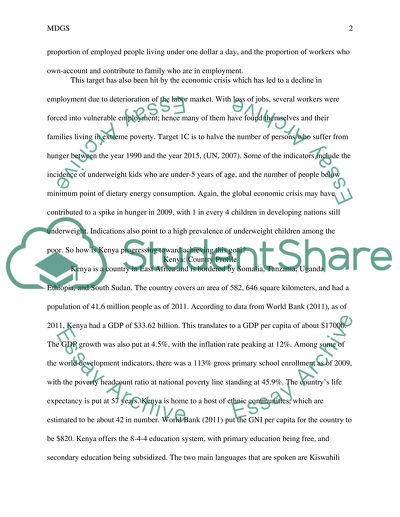Cite this document
(“UN Millennium Development Goals Research Paper”, n.d.)
Retrieved from https://studentshare.org/sociology/1464002-un-millennium-development-goals-research-paper
Retrieved from https://studentshare.org/sociology/1464002-un-millennium-development-goals-research-paper
(UN Millennium Development Goals Research Paper)
https://studentshare.org/sociology/1464002-un-millennium-development-goals-research-paper.
https://studentshare.org/sociology/1464002-un-millennium-development-goals-research-paper.
“UN Millennium Development Goals Research Paper”, n.d. https://studentshare.org/sociology/1464002-un-millennium-development-goals-research-paper.


